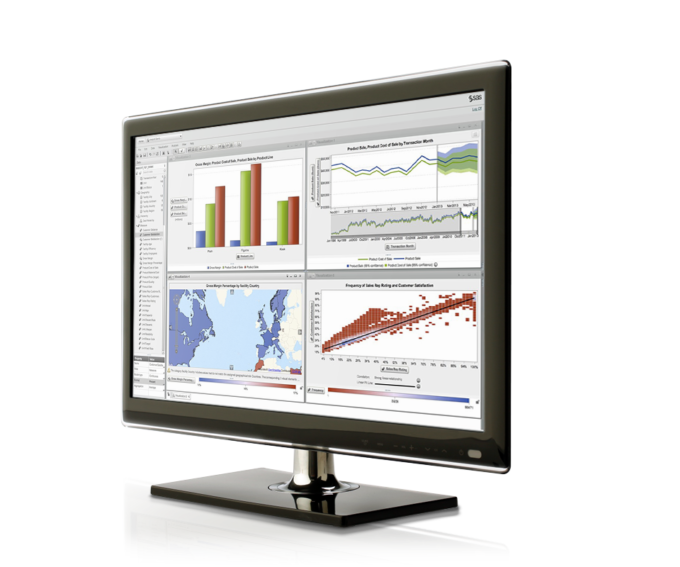How do you score with CRM and Big Data?
Companies are now using big data when it comes to customer relationship management (CRM). How automated knowledge ultimately flows into targeted marketing strategies is usually a different story. However, big companies like Amazon are shaking up the data market with predictive analytics software.
Until now, Customer Relationship Management (CRM) was mostly a simple matter: you somehow collect some data. This behavior changed due to the technical possibilities. First, the amount of data you can collect about a potential customer changed. In addition to name, age and gender, click behavior, context or current needs were added.
Prerequisite
The basic problems in dealing with customer data can be explained in principle with the questions "Who?", "What?" and "With what?". This is the crux of future system selection. After all, which system provider will ultimately succeed in scoring points with artificial intelligence? Basically, the more you know about customers, the better.
But what connections can be made between individual customer data? The goal should therefore not be the clumsy collection of data, but the "interconnection" of data.
As a buzzword, the term "content marketing" is haunting conference halls. It's true that by analyzing customer data, you should know what they actually want. Predictive analytics has been a topic for a long time, now a kind of self-learning intelligence comes into play.
For example, the clip below shows a customer journey via Amazon's Alexa.
Amazon is apparently planning to follow the same strategy with "Alexa Echo" as Microsoft once did with Windows: presence, presence, presence. There is no other way to explain that Amazon products not only decorate living rooms, but are also "switched on" in televisions, cars or refrigerators.
A more detailed explanation of the Alexa use case can be found here:
Finally, it is relevant how the new information is distributed.
Email, social media or perhaps via print? The choice is extensive and links between individual customer attributes also play an important role here. Per se, the choice of medium is derived from previous consumer behavior. But how could other media, or channels, be used even more optimally?
Abstract example: Customers might want to attach product specifications via the browser's own "Print" command. Therefore, they might still be receptive to print advertising.
Nevertheless, customers are confronted with more and more digital tasks that can only be solved with great effort. This is where a new technology, or rather a new software, steps in to "channel" the previously read and collected data volumes. An "Alexa Echo" could now help with this.
The opponents
Proportionally to the use of the term marketing automation at trade fairs and conferences, the number of software manufacturers and agencies that want to support precisely this automation of marketing has also grown. It's hard to keep track of them all, but a selection has to be made here as well. SAP, Salesforce and IBM stand out in particular.
The drivers
According to an interview with McDermott, SAP employs around 100 developers in the area of machine learning. The project, named "SAP Clea", is still in its infancy and SAP still owes customers many answers. However, SAP has seen the writing on the wall. Likewise, Salesforce is revolving around a formula for success with "Einstein". It is "CRM + AI = Success". Salesforce also provides examples for its use:
Automatic recording of sales activities, recommending solutions and knowledge articles in the service area or comprehensive recommendation features in marketing. At the same time, "Einstein" should become more and more adaptive.
Former world chess champion Garry Kasparov could tell you a thing or two about it, as in 1996 he was the first grandmaster to lose a game to the "Deep Blue" chess computer developed by IBM. Today's artificial intelligence (AI) from IBM, meanwhile, circulates under the name "Watson". This has been declared the company's all-purpose weapon, so to speak.
While "Watson" already scores well on Jeopardy, it apparently still lacks a usage strategy across cloud products.
Other developers of something like AI are all over the map: Amazon, Facebook, or Apple are pushing their games in the social media space. Admittedly, they use this AI less as automation robots than as widely linked data pools. In any case, the players from Silicon Valley have one thing ahead of the established software companies: the courage to test simply structured products in public.














